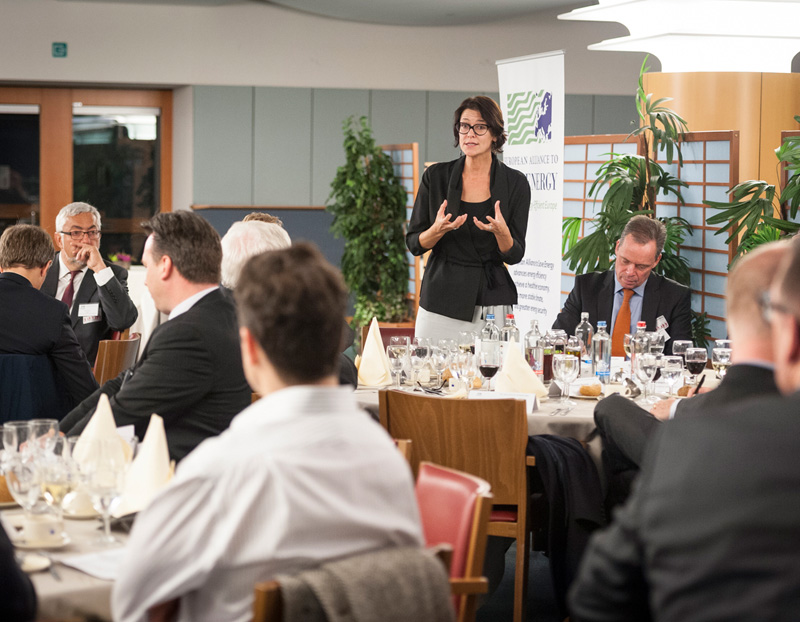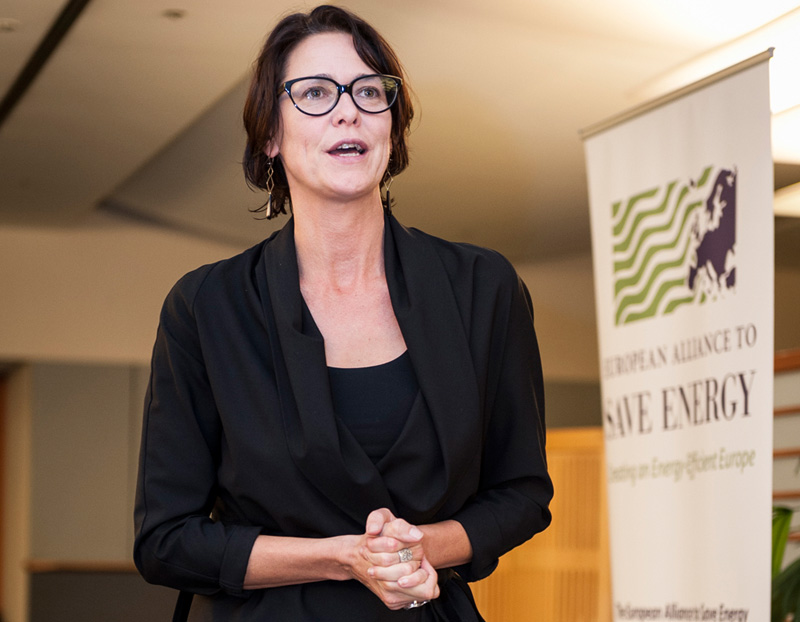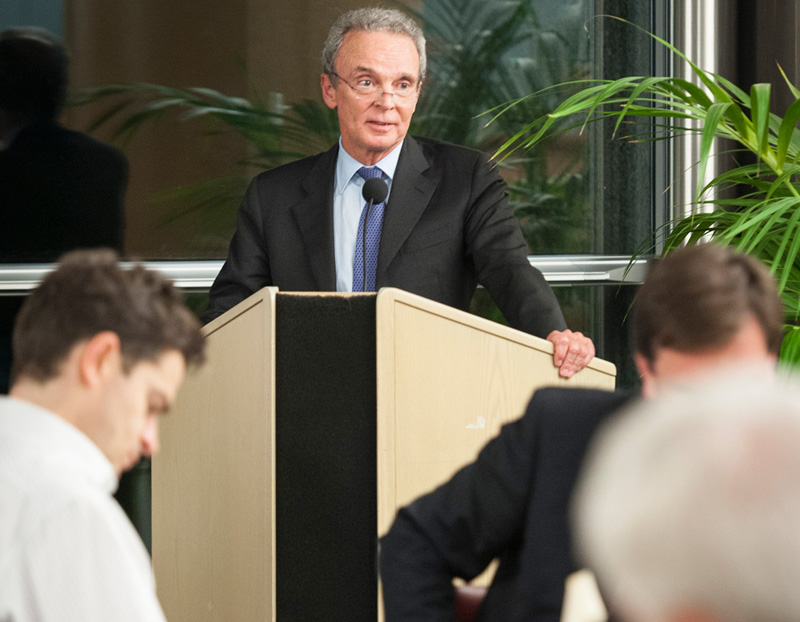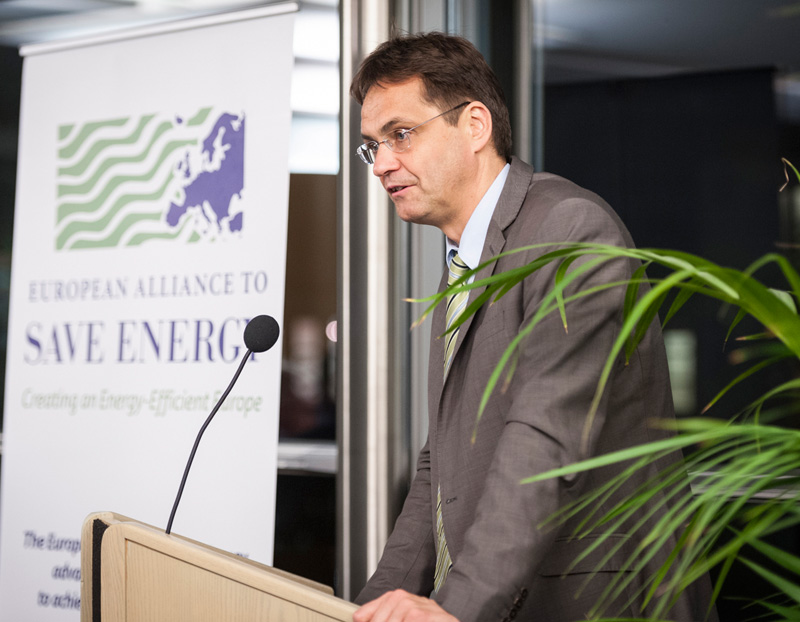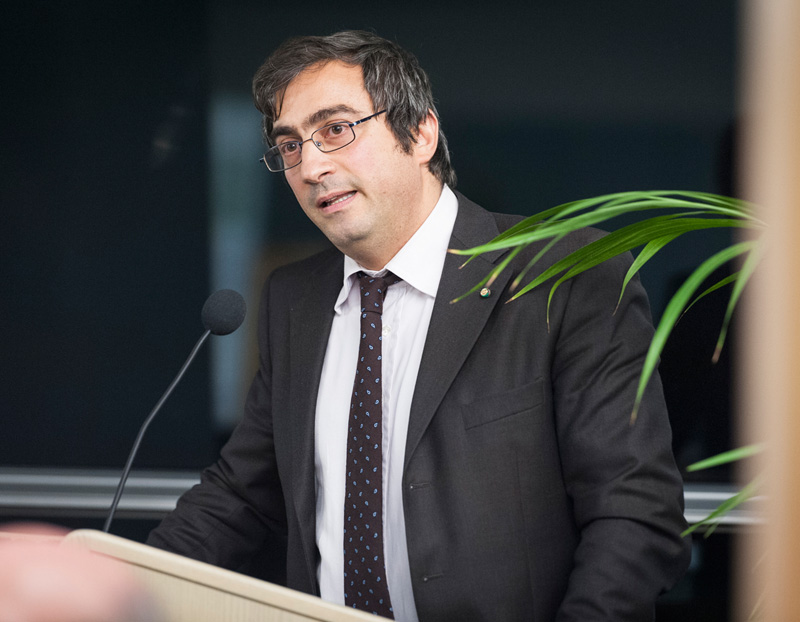Dear President Juncker,
Dear Vice-President Katainen,
As representatives of progressive companies and not-for-profit organizations working in Brussels to promote improved energy efficiency, we very much welcome your promised focus on improving Europe’s competitiveness and stimulating investment for the purpose of job creation. With private sector investment in Europe at one third of its 2007 levels, we face a crisis of confidence for businesses investing in Europe.
Choices made now in the Investment Package have the ability to materially change that sentiment. But it would be a mistake to pursue growth at any cost. The New Climate Economy Report shows that environmentally sound and socially inclusive growth is possible – there is no trade off. As such we believe that for the Jobs, Growth and Investment Package to deliver on its promise to quickly improve competitiveness in Europe, it must pass two key tests:
• Impact – The package must have a focus on sectors and projects that can deliver growth in the short term – and maximise the use of underutilised capacity in the European economy through delivering a high job creation potential.
• Sustainability – The package must be sustainable in the widest sense, delivering long-term economic benefits by improving business competitiveness; delivering visible improvements in the welfare of European citizens; and contributing to improved environmental performance of the EU economy.
Energy efficiency is a strong candidate on both fronts.et
As such we urge you to include in the Jobs, Growth and Investment Package a clear focus on improving European energy efficiency and a clear commitment to increase the financial provision for technical assistance and access to low cost loans to enable Member States to develop a strong pipeline of projects.
We also need a clear commitment to continuing to roll out smart regulation, such as the Ecodesign Directive – which Commission analysis indicates will cut European consumer energy bills by around €110bn per year through reduced energy use and increase revenues to industry and the wholesale and retail sectors by €54 billion in 2020 – to further improve European competitiveness.
The investment package should aim to untangle the silos of specific procurement schemes and provide flexibility to finance technologies that taken together could have a “multiplier effect”. There are obvious synergies between digital, smart grid and energy efficiency technologies in a building or in an industrial plant, therefore the investment focus must take into account the value of these synergies between sectors.
Finally, to truly embed energy efficiency across the EU economy, we urge you to include increased energy productivity in Member States as part of the broader structural reforms under consideration. In this way the short term impact of the Package help deliver long term impacts through improving the economic performance of the EU in the long-term, delivering millions of jobs across the EU in the process.


